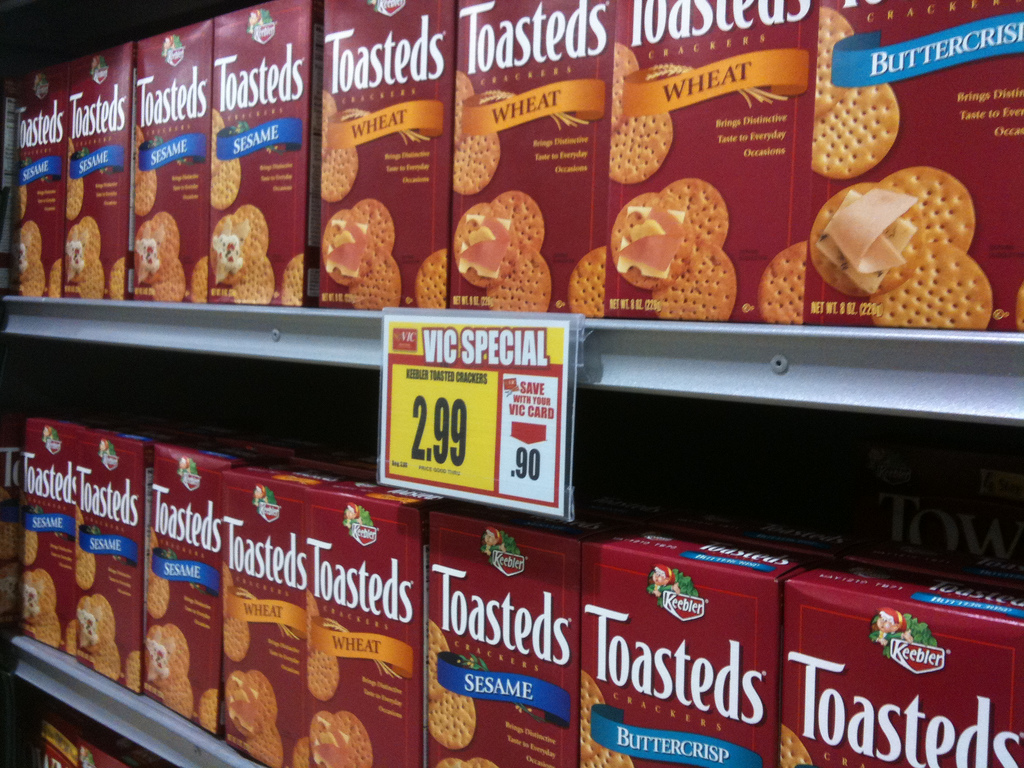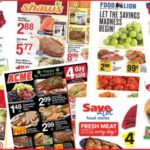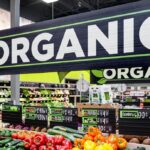
If you’re a dedicated saver, then coupons and deals are key to helping you decide what groceries to buy and where to shop. But as a dedicated saver, you’re not like most people. It seems they aren’t that concerned with coupons and deals at all.
A new report says coupons and promotions are having less of an impact on people’s purchasing decisions. Instead, the key to moving merchandise is to grab the attention of impulse shoppers – and make sure their impulse purchases aren’t left to chance.
In “Shelf Management: The Value of Getting the Shelf Right”, the sales and marketing agency Acosta argues that brands are spending too much money on increasingly inconsequential promotions and coupons, and not enough on simply making sure their products are attractive and available on the shelf.
Only 5% of shoppers surveyed said they decide in advance what brands to buy based on what coupons they have available. 11% decide based on what’s on sale in the store circular. Specific items that are most often selected before arriving at the store include toothpaste, cereal and laundry detergent – all categories where there are plenty of choices and plenty of coupons and promotions available.
But a majority of shoppers, 55%, say they decide what to buy in the store, at the shelf, based on price, product size or whatever appeals to them at that particular moment. Items most often selected on the spur of the moment include spices, cookies, chocolate and canned tuna.
So coupons and sales aren’t influencing these shoppers’ purchase behavior – they simply go to the store and buy what looks good to them. And that’s happening more often, as promotions are becoming less effective. In 2015, Acosta says promotions helped increase sales by nearly 30%. By last year, that percentage had declined to 26.7%.
Overall, Acosta reports that only a third of items sold in stores are promoted in the sales circular or with coupons, while two-thirds of items that are sold are not promoted at all. Products most likely to be sold without any promotions or special pricing include pet food, baby care, bakery and deli items.
Selling products at full price, without any type of promotion, is a brand’s dream and a couponer’s nightmare. So how can more brands turn that dream (or nightmare) into reality?
By making their products as accessible and appealing as possible in the store, and on the shelf.
“Product placement can influence shoppers making their decision at the shelf,” the report reads. “Those positioned at eye-level or first in flow will be seen first and therefore will have a higher probability of being purchased.” Pushing for more shelf space can also help. “Private brands tend to receive more shelf space than they deserve,” squeezing out better-known brand names, the report states. “71% of category leaders are under-spaced… which can have a negative impact on productivity and out-of-stocks.”
As promotions become less persuasive, Acosta says “fixing the shelf” can generate a 6% increase in sales, making shoppers even more likely to make their purchasing decisions in the store instead of planning ahead based on coupons and sales. And yet Acosta says brands spend only $300 million a year on shelf management, versus $100 billion on promotions.
Statistics have already shown that fewer people are using coupons these days. And now Acosta says coupons and promotions aren’t all that effective anyway. So if you’ve complained recently that coupons and sales aren’t as good as they used to be, it could get worse if more brands take Acosta’s advice. And then, you too could be making more purchasing decisions at the store – because you may no longer have a choice.










